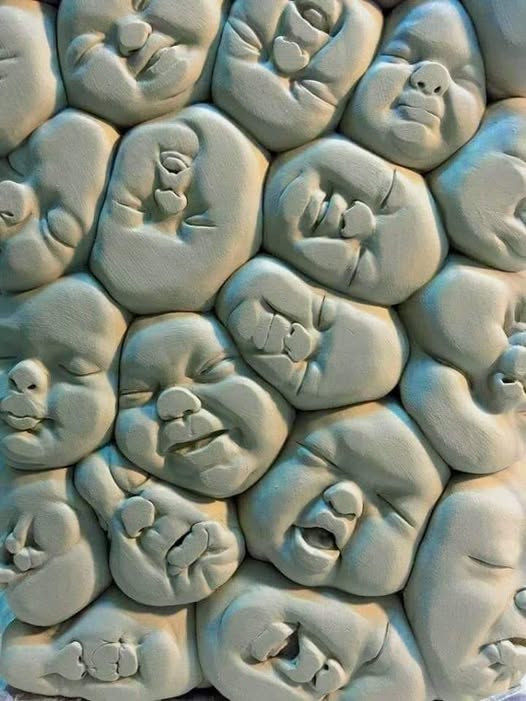B&W photography goes back to the fundamentals of what photography has always been. Take color out of the equation and focus on lines and form–you’ll get a lot of value in the pieces–they preserve the ‘as is’ in the subject.
For instance, this photo: a pawn on the chess board like a pinhead squatting the game of chess:

The neck and collarbone when artfully bare in black & white still draws attraction–“Flesh” has attracted international viewers:

Lastly, the predatory motions behind weaponization, dehumanization:

All the three subjects (above) are same old stories in black and white–with shades of grey here and there to soften up, and somewhere silhouetted selectively or with colors to add strokes of the mundane or the extreme–but these subjects/topics are the same old stories, they repeat with precise alacrity as time moves on–forward not backward.

And while dancers may have been his favorite, they were not his only subject.
Degas’ early scenes of modern life were concerned with other favorite themes, especially horse racing and milliners and laundresses at work. Later in life, Degas produced extensive series of women bathing, which were notable for their lack of self-consciousness and candid studies of the human form, unique use of perspective, and almost sculptural solidity.
They have never been the new normal, they remained constant in almost all the equations humans been churning out for centuries for ‘growth’, ‘development’, ‘modern era’, etc., etc.
–Curated by Irshad Salim (with text).







